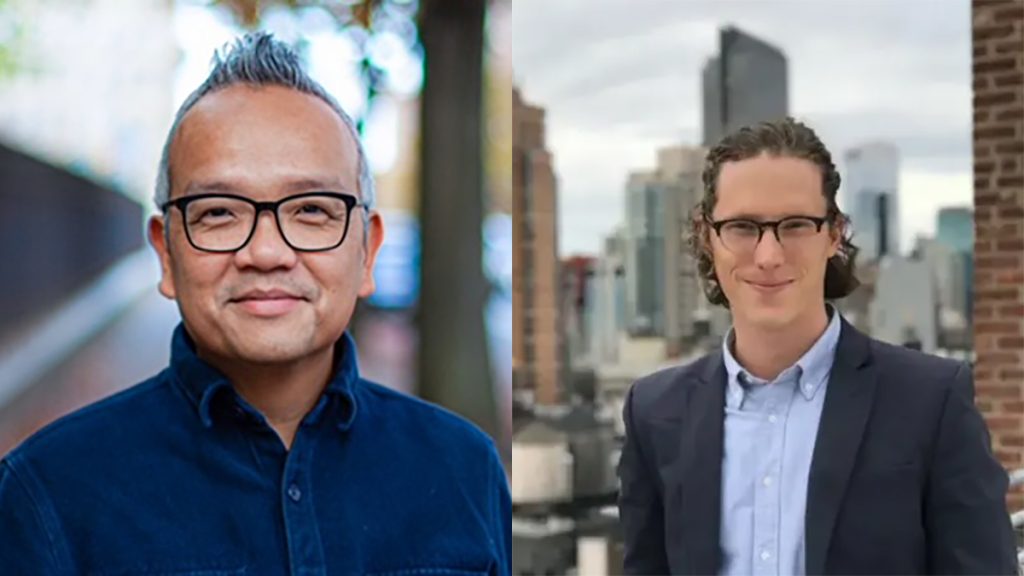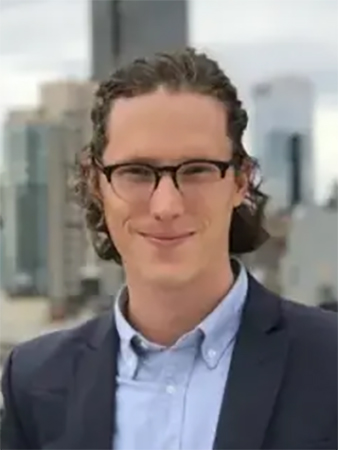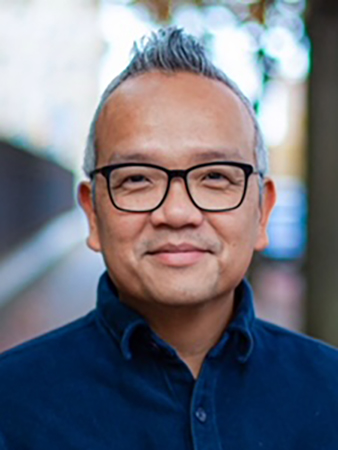Duy Linh Tu and Sebastian Tuinder, environmental reporting duo, to deliver Smith/Patterson Science Journalism Lecture

COLUMBIA, Mo. (Sept. 20, 2023) — Duy Linh Tu and Sebastian Tuinder, multimedia journalists who have covered science and the climate for national news publications, will deliver the Missouri School of Journalism’s Smith/Patterson Science Journalism Lecture on Thursday, Oct. 5, in Smith Forum. The lecture will begin at 6 p.m., with free pizza available beginning at 5:30 p.m.
“I’m excited to see students get inspired by the in-depth environmental reporting that Duy and Sebastian do so well,” said Sara Shipley Hiles, director of the Smith/Patterson lecture program and an associate professor at the School of Journalism. “This opportunity to hear from working journalists who know how to immerse themselves in a community and find the story that matters is what the School of Journalism’s Missouri Method is all about.”


The lecture will cover the pair’s work on “Poisoning the Chesapeake,” versions of which were published in both Scientific American and local news outlet Baltimore Brew earlier this year. The project documents environmental threats to the 4,500-square-mile Chesapeake Bay, the largest estuary in the United States and a crucial hub of commercial fishing on the East Coast.
Supported by the Pulitzer Center, which also partners on the Smith/Patterson Lecture, the project identifies potential causes behind a precipitous drop in the blue crab population and other challenges for marine life in the bay.
In addition, the event will feature a conversation between the duo and two journalism students about broader issues in environmental reporting and the future of clean water. The students, senior Josie Heimsoth and graduate student Joy Mazur, both contributed earlier this year to The Price of Plenty, a five-part series on the environmental footprint of the fertilizer industry that was supported by another grant from the Pulitzer Center.
Indeed, Tu noted the Pulitzer Center’s important role in funding stories that may otherwise not be told.
“All these issues are affecting coastal communities in Florida, Asia, Africa — you can’t throw a rock without hitting one of those stories,” Tu said. “But topics like algal blooms are not sexy, so there can be challenges with this kind of reporting. Where those challenges are alleviated is through organizations like the Pulitzer Center.”
Tu is a journalist, documentary filmmaker and professor at Columbia University’s Columbia Journalism School, his alma mater. His most recent film, “Picture a Scientist,” was an official selection at the 2020 Tribeca Film Festival, and his work has appeared in most media formats, from print and online to television and in theaters. Much of it has centered around the climate and its impact on communities.
Tuinder, a former student of Tu at Columbia University, specializes in cinematic storytelling through visual mediums and is a professor at Brooklyn College. After earning his master’s degree in journalism from Columbia University in 2021, he was reunited with his teacher when Tu, wanting to avoid a crowded plane during the height of the COVID-19 pandemic, needed someone to drive him to Louisiana and help out on a documentary shoot.
Now approaching their third year as a reporting duo, their collaboration has grown into a full-blown partnership that students of environmental journalism hope to learn from on Oct. 5.
“Being able to collaborate with someone who taught me so much is such an incredible experience,” Tuinder said. “The learning always continues. There will never be a time when the student becomes the master when he and I are working because there is always this mutual respect between the two of us.”
The lecture is only the latest in a series that brings respected journalists to campus each semester through a partnership with the Pulitzer Center. Alumni Russ and Gail Smith founded the program in honor of pioneering science journalism professor Joye Patterson, who taught at the Journalism School from 1965 to 1989. The program also includes an annual $5,000 student fellowship, which went to Adam Goldstein in May.
Updated: September 27, 2023